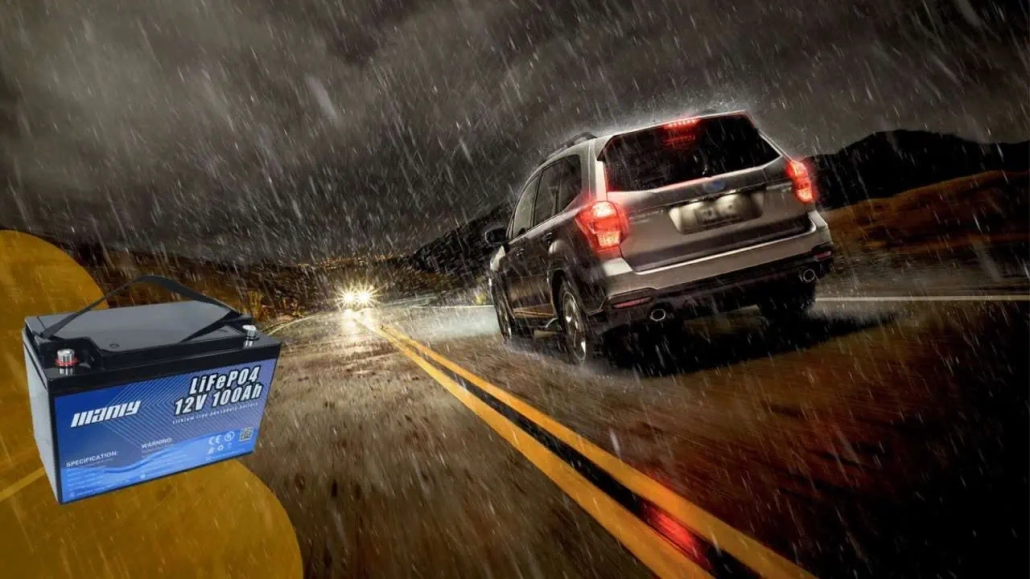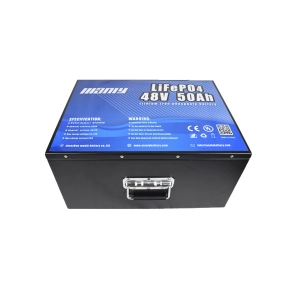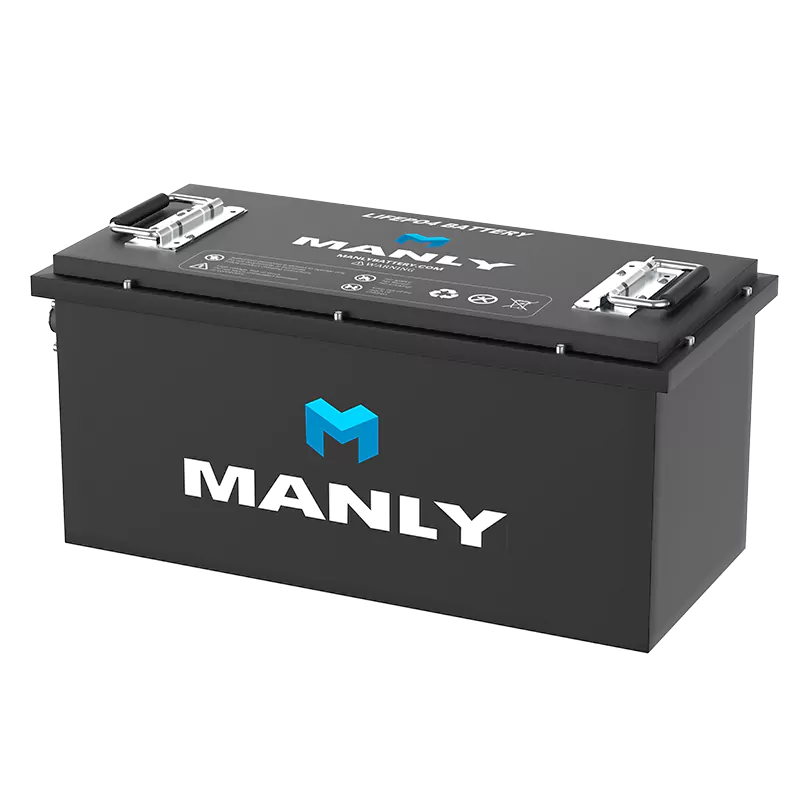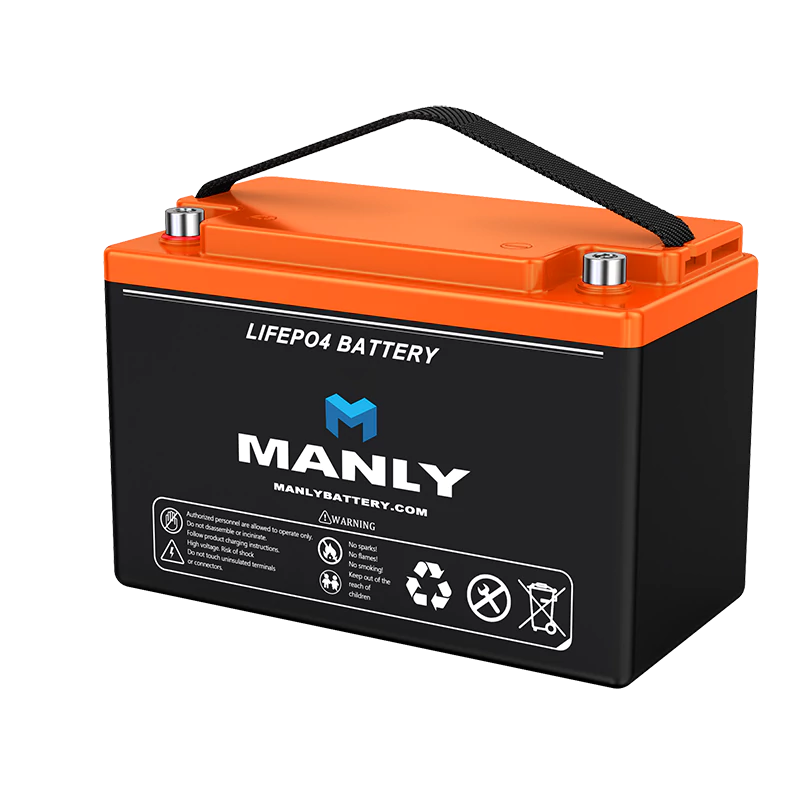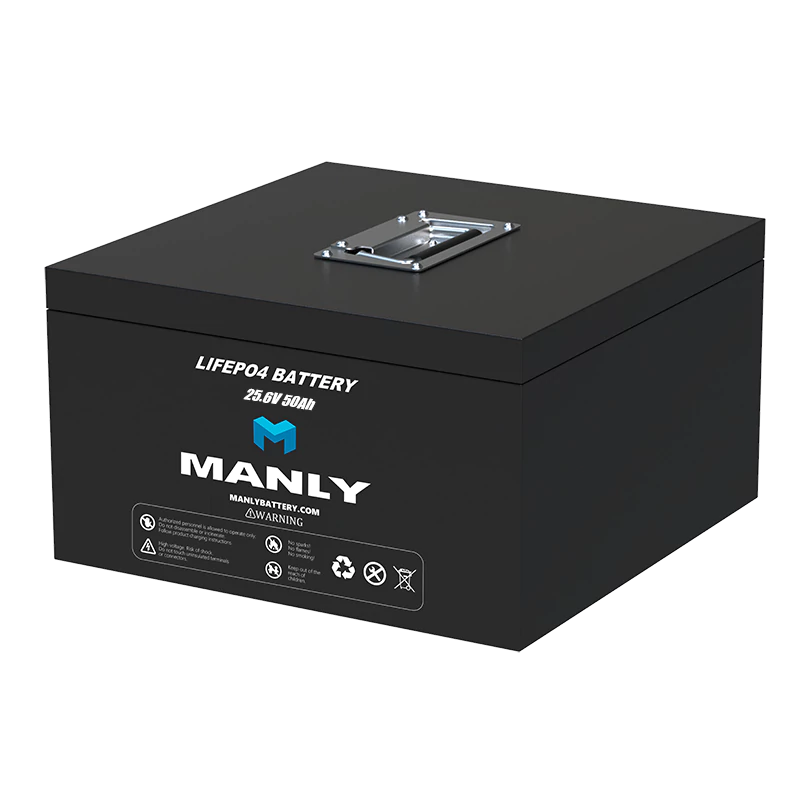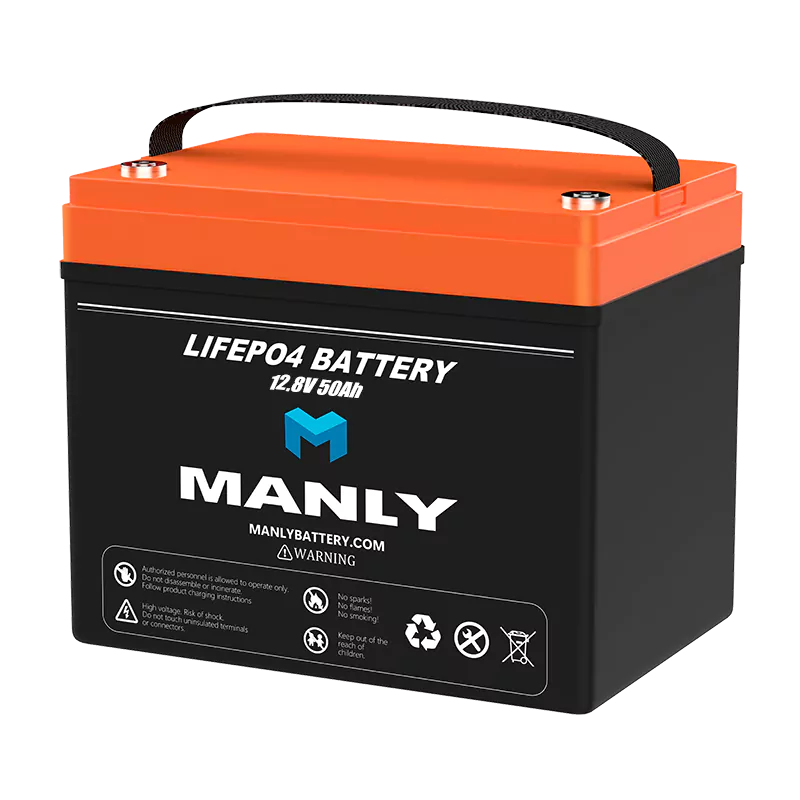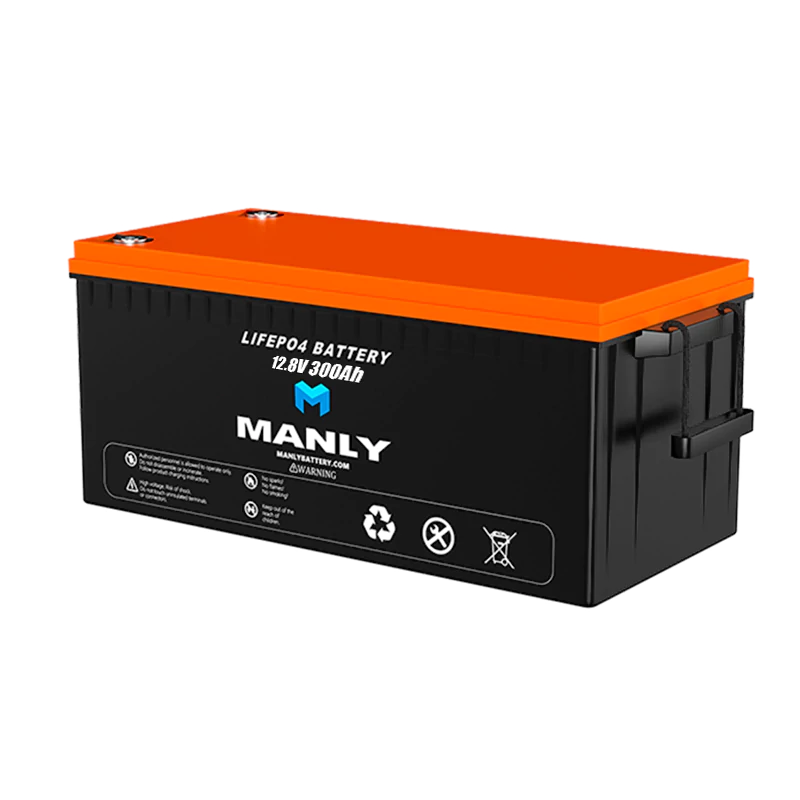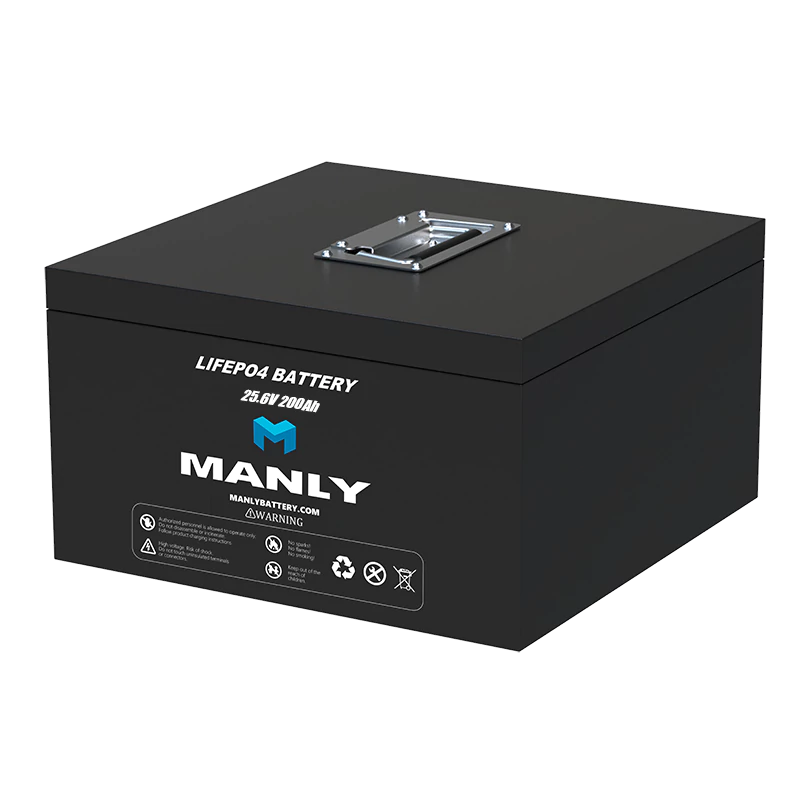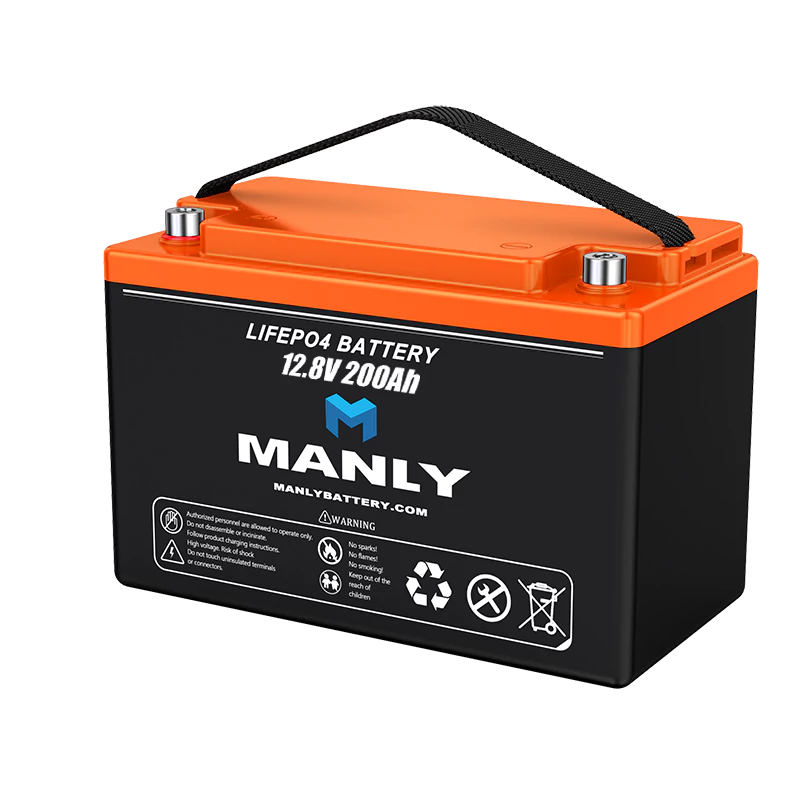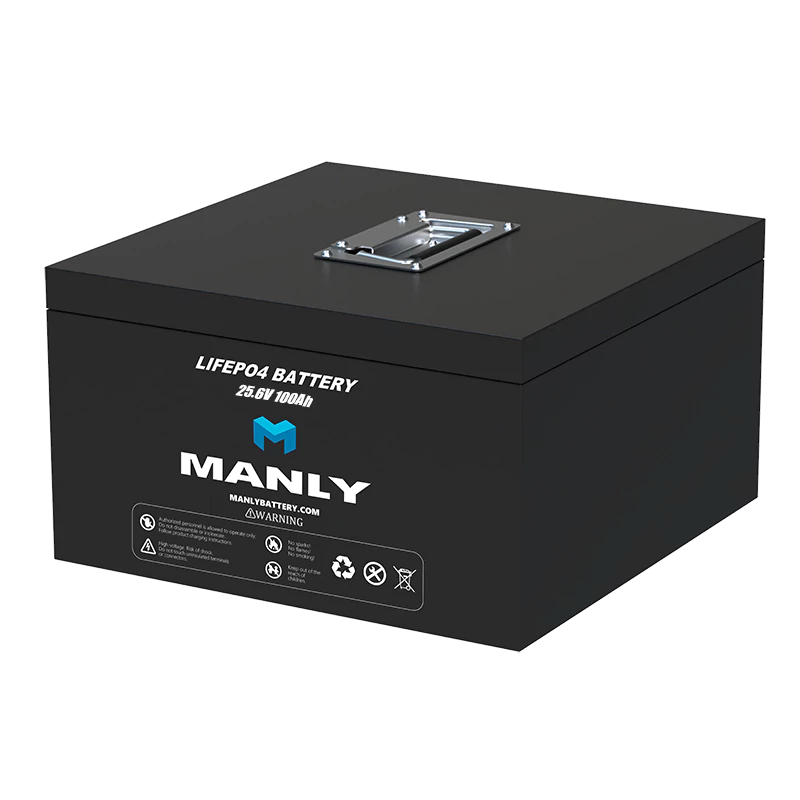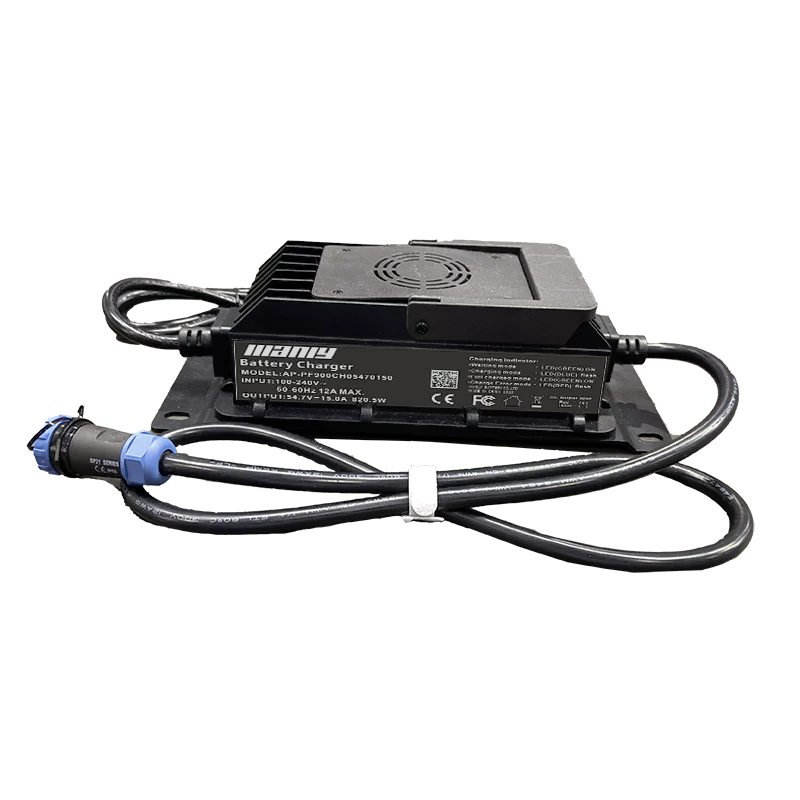Protecting Lithium Battery from Getting Wet in 2024
Table of Contents
- Protecting Lithium Battery from Getting Wet in 2024
- Comparing Lithium and Lead-Acid Batteries
- Water Resistance of Lithium Batteries Explained
- What Happens If a Lithium Battery Gets Wet?
- Impact of Fresh and Salt Water on Lithium Batteries
- Exploring the Risk of Lithium Batteries Exploding in Wate
- Can You Recharge Wet Lithium Batteries?
- Outdoor Storage: Are Lithium Batteries Safe?
- Protective Measures for Lithium Batteries Against Water
- Tips for Waterproofing Your Lithium Batteries
- Lithium Battery Safety on Boats: What You Need to Know
- Immediate Steps to Take If Lithium Batteries Get Wet
- Final Insights on Lithium Batteries and Water Interaction
- Learn More About Battery
Comparing Lithium and Lead-Acid Batteries
Unlike the lead-acid batteries found in traditional gas-powered vehicles, lithium-ion batteries use intercalated lithium compounds as the electrode material. The electrolyte is also different, with lithium salts like lithium hexafluorophosphate or lithium tetrafluoroborate dissolved in organic solvents. This provides performance benefits but also changes how the batteries interact with water.On the other hand, lead-acid batteries use lead electrode plates immersed in a sulfuric acid electrolyte. This is a very water-compatible chemistry. While liquid water can eventually dilute the sulfuric acid electrolyte and reduce performance, lead-acid batteries generally tolerate minor water ingress or complete submersion without severe consequences.The differences in battery construction and chemistry lead to vastly different outcomes when lithium-ion and lead-acid batteries encounter water. But what exactly happens when a lithium battery gets wet?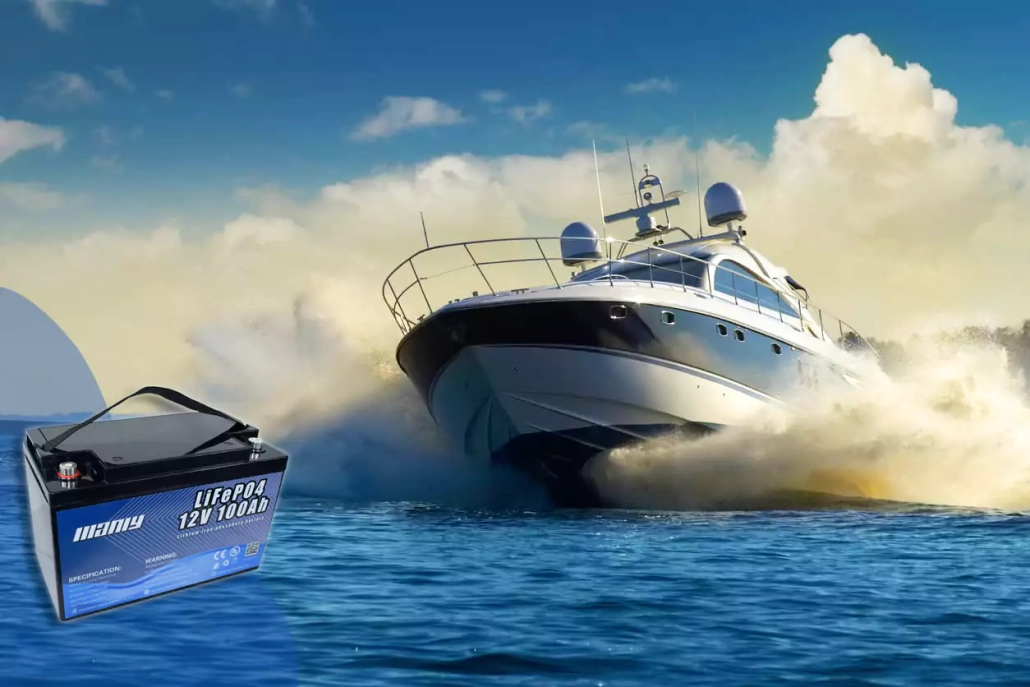
Water Resistance of Lithium Batteries Explained
In general, lithium-ion batteries and water do not mix well. The battery’s organic electrolytes are sensitive to hydrolysis, forming decomposition products that can interfere with proper battery function. Dissolved lithium salts are also highly water soluble and can be washed out of the cell. Finally, the cell materials themselves degrade rapidly in the presence of water. This is especially true for the cathode and anode materials.For these reasons, lithium battery packs feature extensive sealing and safety mechanisms to prevent water ingress during normal operation. However, accidents happen, and the batteries can become exposed to rain, floods, or immersion. When this occurs, irreversible damage to the cell generally takes place.Upgrade your device's safety with MANLY Battery's high-performance, safe lithium batteries. Enjoy peace of mind with a 10-year warranty and top-notch IP68 waterproof protection. Don't wait, shop now and safeguard your devices against water damage!What Happens If a Lithium Battery Gets Wet?
When lithium batteries come into contact with liquid water, even in small amounts, several detrimental processes begin:1. Hydrolysis of Electrolyte Solvents
The organic carbonates like ethylene carbonate (EC) and dimethyl carbonate (DMC) used as solvents are sensitive to hydrolysis in an aqueous environment. The solvent molecules react with water, breaking down into products like ethylene glycol and methanol. This depletes the electrolyte while generating byproducts that can impede lithium ion transport.2. Dissolution and Loss of Lithium Salts
Lithium salts like LiPF6 and LiBF4 have high water solubility. When exposed to water, these lithium salts rapidly dissolve and are washed out of the cell. This lowers ionic conductivity and unbalances cell stoichiometry. Excess lithium loss can lead to plating issues.3. Cathode and Anode Degradation
Cathode materials like lithium cobalt oxide (LiCoO2) and graphite anodes breakdown upon interaction with liquid water or hydrolysis products, resulting in capacity loss. This can occur even if the water doesn’t penetrate deep inside the cell. Side reactions with hydrolysis products further accelerate degradation.4. Internal Short Circuits
If enough water collects inside the battery enclosure, it can bridge the electrodes and create internal short circuits. This leads to intense localized heating and failure. It only takes a very small amount of water to induce shorting.The combined effects of electrolyte decomposition, lithium salt dissolution, electrode damage, and short circuits mean that lithium cells fail rapidly when contaminated with water. Total failure may occur instantly or over a period of hours/days depending on water exposure levels.Impact of Fresh and Salt Water on Lithium Batteries
An important consideration is whether the water is plain fresh water or a saline salt water solution. Both fresh water and salt water will initiate hydrolysis, lithium salt dissolution, and component degradation processes. However, salt water introduces the additional risk of metal corrosion along with electrolyte decomposition.This occurs because the dissolved sodium chloride salt generates chloride ions when dissolved in water. Chloride ions can then corrode battery terminals and interconnects made of conductive metals like aluminum and copper. Extensive corrosion eventually leads to electrical isolation of cell components.So, while fresh water is detrimental for lithium batteries, salt water exposure is even more damaging due to simultaneous corrosion effects. This is why lithium batteries subjected to seawater flooding require rapid replacement. The combination of hydrolysis, lithium salt loss, material degradation and corrosion are too extreme for the batteries to handle.Exploring the Risk of Lithium Batteries Exploding in Wate
Lithium batteries suffering water exposure do not generally explode underwater as this requires an ignition source and oxygen. However, when lithium batteries are electrically abused or experience internal short circuits from water contamination, rapid heat and gas generation can cause them to rupture violently, even if submerged.For an explosion to occur, you need fuel, heat, and an oxidizer. In lithium cells, the flammable organic electrolytes act as the fuel source in the event of failure. But normally submerging defective lithium batteries in water cuts off oxygen supply and dissipates damaging heat buildup, impeding explosions before they happen.That said, lithium chemistry is highly reactive and uncontrolled reactions between cell components can self-supply significant heat and gas release to damage batteries from the inside. Shorting from water bridging electrodes produces extremely high localized currents and temperatures. This aggressive self-heating effect can essentially “boil” surrounding water and compromise batteries in seconds.So, despite the apparent fire suppressing properties of water, defective lithium batteries may still vent hot gases or burst open at depth. Such events endanger nearby batteries by spreading contamination. For this reason, submerged energy storage or electric vehicle battery packs require isolation and monitoring after flooding incidents even though direct “explosions” are unlikely in water. However, you should still be careful when you are dealing with a wet battery. That’s why you need to get a waterproof battery for applications where you come into contact with water.Ultimately submersion cannot be counted on to fully inhibit damaged lithium batteries from spewing flammable electrolytes or rupturing violently underwater due to self-heating issues. But surface lithium battery fires are indeed extinguished effectively by water dousing. There the water absorbs heat and displaces oxygen to suppress the combustion process. So, responsibility boils down to preventing lithium battery water exposures in the first place rather than relying on water immersion to passively control failures.Can You Recharge Wet Lithium Batteries?
Attempting to recharge lithium batteries after water exposure presents substantial fire and safety issues due to internal damage and should never be attempted outside controlled environments by qualified personnel. However, with proper handling and testing, a few wet lithium cells may potentially be salvaged from mildly exposed battery packs at specialized facilities.The first rule is avoiding recharging wet batteries in situ or while still installed in consumer devices and vehicles. When lithium batteries get wet, internal shorts, electrolyte decomposition, and electrode damage are likely present and pose recharging risks. Instead, cautiously remove and isolate affected cells/packs.In a laboratory setting, lightly sprinkled cells might be revived after rigorous analysis provided core pack voltages are stable and internal resistances haven't spiked excessively. This requires carefully discharging affected packs to safe levels before inspecting each cell individually. Cells exhibiting abnormal voltages, swollen cases, high internal resistances, or other markers of failure should be discarded and safely recycled.Surviving cells warrant further testing to ascertain permanent damage. If capacities remain within normal ranges and consistent charging profiles are demonstrated in monitoring stations, then very careful recharging could be undertaken under controlled conditions. However, most flooded lithium batteries won't measure up or remain functional through initial discharge cycles.Consumer recharging attempts often end badly given lack of monitoring and safety precautions. Damaged batteries pose explosion and fire hazards when rejuvenation is forced. Nonexperts recharging flooded batteries risk severe property destruction and personal harm. Don't do it!Industry salvage efforts are complicated too, and the costs often exceed replacement pack prices. Companies like Tesla remotely disable flooded vehicle packs because home repowering is too dangerous after uncertain water interactions. Lithium batteries are best kept moisture-free to avoid recharging risks altogether. While small recoveries are situationally possible, wet lithium batteries largely fail irreversibly. Don't gamble with fire and toxic fumes. When in doubt, recycle responsibly.